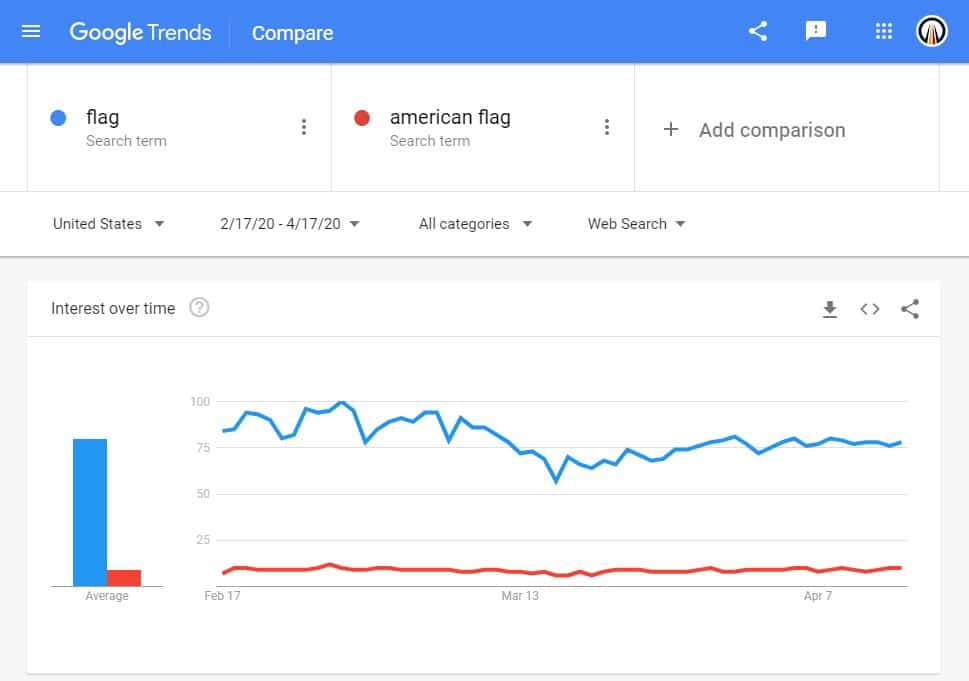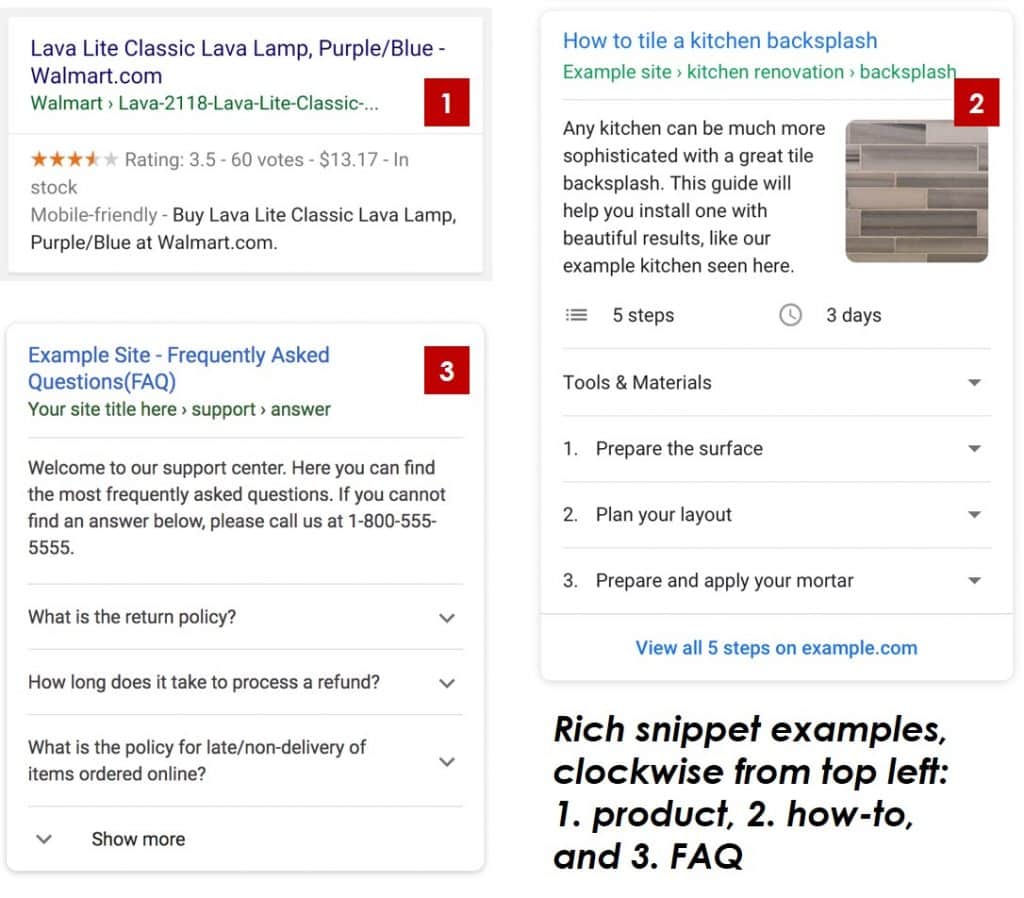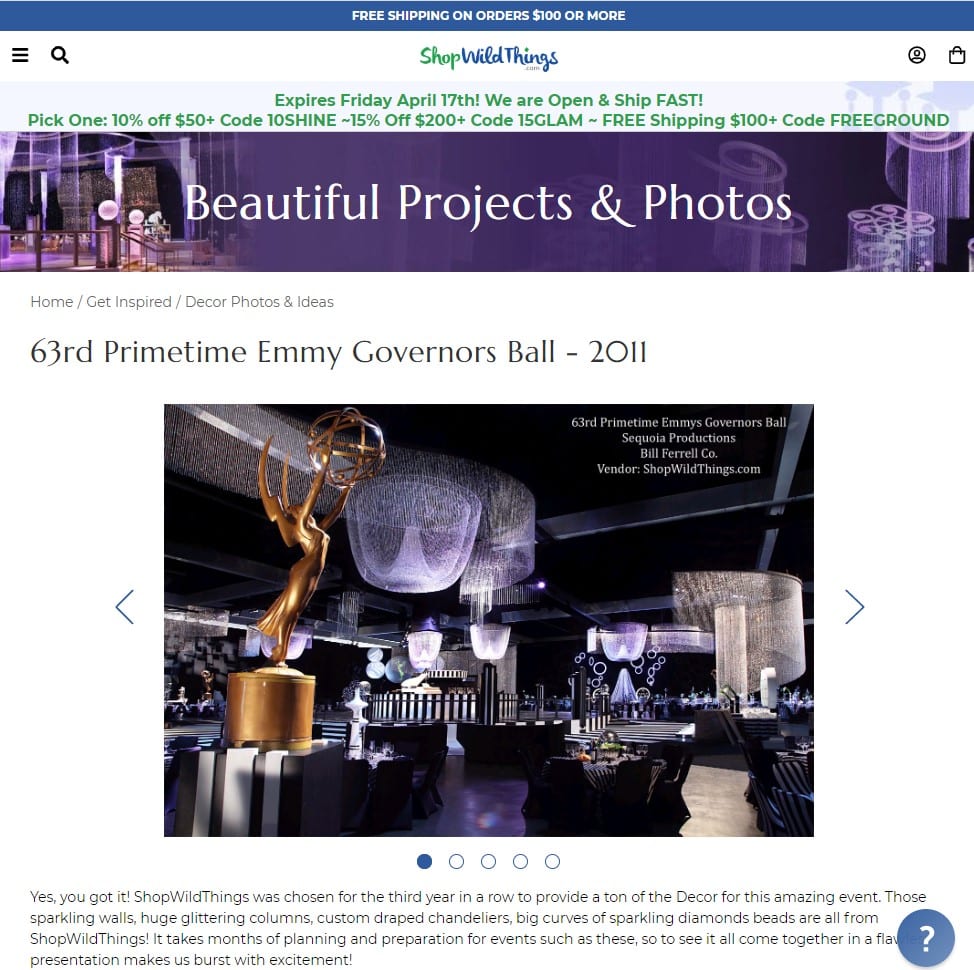Don’t stop optimizing for organic search. Search engine optimization (SEO) is one of the few low-cost marketing efforts available when businesses need to cut costs.
Your SEO program can accomplish more of your marketing goals with less budget during COVID-19. That’s because there’s no ad or other costs associated with SEO like there is with advertising and email marketing.
Related Posts:
How Innovation and Ads Can Save Your Business during COVID-19
4 COVID-19 Strategies for Amazon Advertisers
6 COVID-19 Paid Search Strategies
However, the COVID-19 era is also not the time to make major SEO changes.
The data you need to analyze in order to determine what to do, how to do it, and whether it was effective is just not reliable right now. An optimization that would normally be extremely successful could look unsuccessful based on sudden rises and falls in your data due to COVID-19.
Postpone launching major technical efforts, especially. Those can have such a large impact on SEO that you must have reliable analytics data in order to determine their true impact and plan your next steps.
Focus instead on additive SEO efforts. Look for ways you can create new content or start new initiatives to broaden your SEO program’s scope.
Verify Your Keyword Research
In many cases, the search queries people used in February are not the same as the ones they’re using today. That means that relying on your keyword research to make decisions about what to optimize could mean spending valuable time and resources in areas that no longer matter.
Check Google Trends to see where search demand is today for your most important keyword themes. If “flag” was one of your most important themes previously, you’ll want make sure that people are still searching for “flag.”

As you can see in the image above, demand decreased in the middle of March when the impact of COVID-19 restrictions increased dramatically, but demand for “American flags” has remained consistent. It could make more sense, then, to focus SEO efforts on American flags rather than flags in general.
Optimize Relevant Snippets
This is a great time to go after rich snippets to make the rankings you already have more eye catching, and encourage clickthrough from the search results page to your site. Focus on your title tags, meta descriptions, and structured data. Google and Bing offer dozens of ways to optimize your content in ways that will earn you a rich snippet like the ones below.

Create a Resource Guide or Blog
If you have employees with a little extra time because their budgets have been cut or sales are down, redirect their efforts into creating content. It’s a great way for them to use their product expertise to add SEO value with work that they may not have time to do typically.

For example, local deck builder Woodland Deck, shown above, uses its blog as a way to answer questions its customers have. It’s both a timesaver – because customers with questions can be sent a quick link to a post – and a traffic driver.
Use your keyword research to identify topics to write about. Be careful, however, to check the past trends from Google Keyword Planner data against today’s trends in Google Trends.
Promote your content on social and in your email marketing campaigns to encourage sharing, and you’ll likely boost your link equity, as well.
Encourage Idea-based Shopping
People are bored at home. They’re looking for interesting or inspirational content, especially on their mobile devices. Give them something to look at (and to share).
Design an idea gallery to showcase products that are visually interesting, make people feel good, or can be used to build or create.

Shop Wild Things, a home and event décor ecommerce business, does this very well with their “Get Inspired” section. Home Deopt and Sherwin-Williams have great idea galleries as well. Even Elmer’s glue has a gallery filled with tons of ways you can make slime with lots of ooey-gooey pictures to attract attention when shared on social media.
Set it up like a blog: a main page that shows the latest ideas; categories for different types of ideas; and one page for each idea, showing pictures and details. Optimize it for image search, as well as traditional web search. Promote each idea as it goes live, as described above with resources and blog posts.
Build Your Professional Network
When you share business content now, does it reach anyone in your industry, or just your high school friends and the third cousin you met for the first time last summer?
Your ability to build link equity depends in large part on your social network. This is a great time to network with like-minded people on Twitter, LinkedIn, and Facebook.
When you share out business content in the future, they’ll be much more likely to share your content with others that would add quality links to your site.
Working on these SEO projects can help you come out of the COVID-19 era stronger than you went into it. Your business environment will not magically revert to how it was before the virus hit America, but you’ll be able to attract more organic search traffic than if you had stood still.
Whatever you do, don’t stop your SEO program – chances are your competitors won’t.



